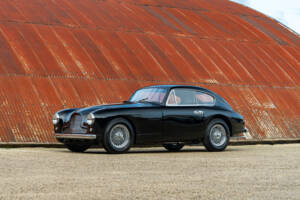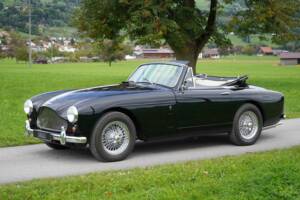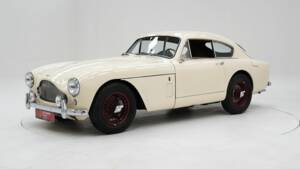- Car
- Aston Martin
- Aston Martin DB 2/4 (27 offers)
Aston Martin DB 2/4 Classic Cars for Sale
The Aston Martin DB 2/4 stands as a technical and stylistic milestone, offering hand-built aluminium bodies, the practicality of a 2+2 shooting brake layout, and the pedigree of straight-six Lagonda power – all packed into a car that shaped the modern grand tourer. Built between 1953 and 1959 across three distinct versions, its rare configurations and bespoke luxury touches make every example unique.
Search results
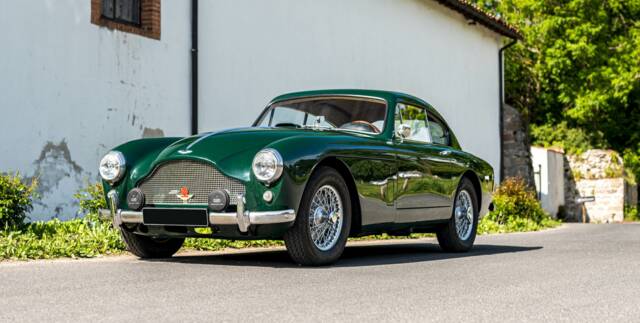
1957 | Aston Martin DB 2/4 Mk III
Aston Martin DB 2/4 Mk III DBA952
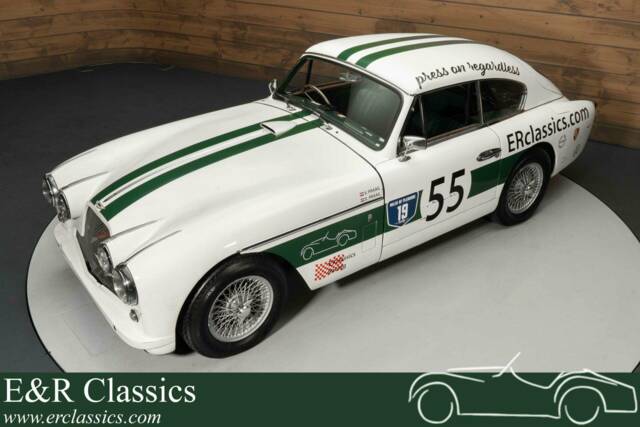
1955 | Aston Martin DB 2/4 Mk I
Aston Martin DB DB2/4 | One-off | Tickford Coachwork | 1955

1954 | Aston Martin DB 2/4 Mk I
UK market RHD, matching numbers and superbly restored in original colours

1959 | Aston Martin DB 2/4 Mk III
Matching Numbers / Twin Exhaust / Originaler Linkslenker
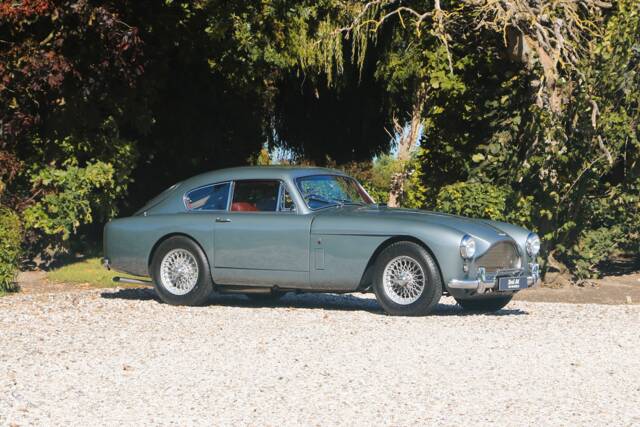
1958 | Aston Martin DB 2/4 Mk III
Matching numbers and colors
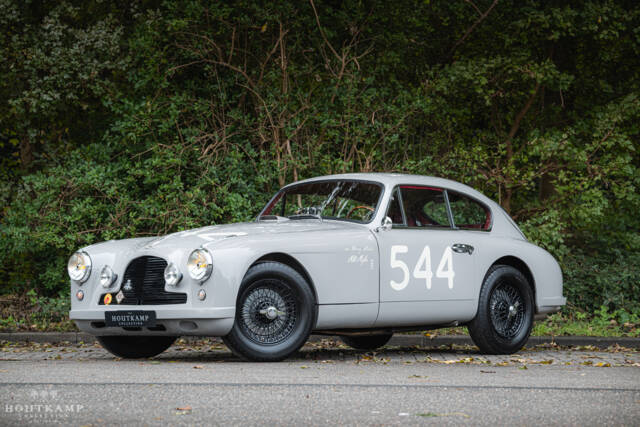
1953 | Aston Martin DB 2/4 Mk I
Factory left hand drive example, subscribed for the 1954 Mille Miglia
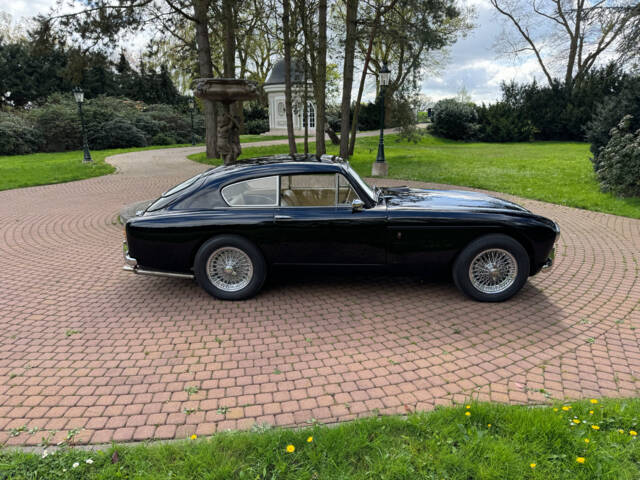
1958 | Aston Martin DB 2/4 Mk III
Made by Tickford | MATCHING NUMBERS | Alperform Competition ZK | Gut dokumentierte Historie!

1954 | Aston Martin DB 2/4 Mk I DHC
This Charming and very original Aston Martin DB2/4 Drop Head Coupe is one of 102 examples of this model
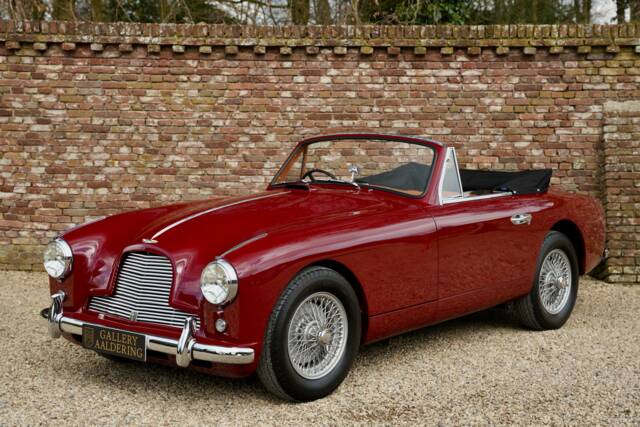
1955 | Aston Martin DB 2/4 Mk I DHC
Aston Martin DB2/4 Mk1 Drophead Coupé PRICE REDUCTION! Extensive "Nut & Bolt" restoration - No expenses spared, Matching Numbers and colors - Aston Martin factory build sheet used as reference guide, Finished in "Imperial Crimson" with beige leather, One of approximately 102 DB2/4 drophead coupes produced, Concours condition,
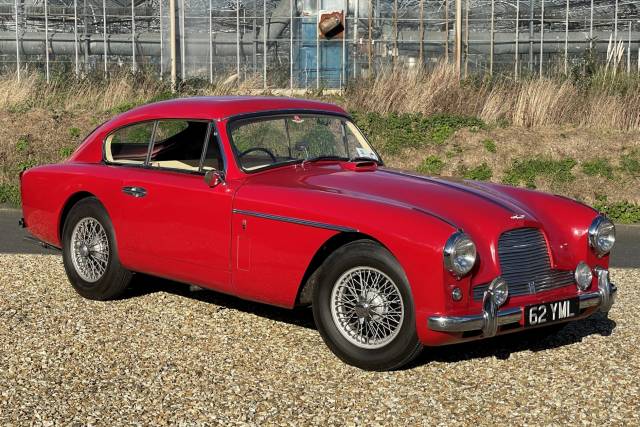
1956 | Aston Martin DB 2/4 Mk II
Aston Martin DB2/4 MkII
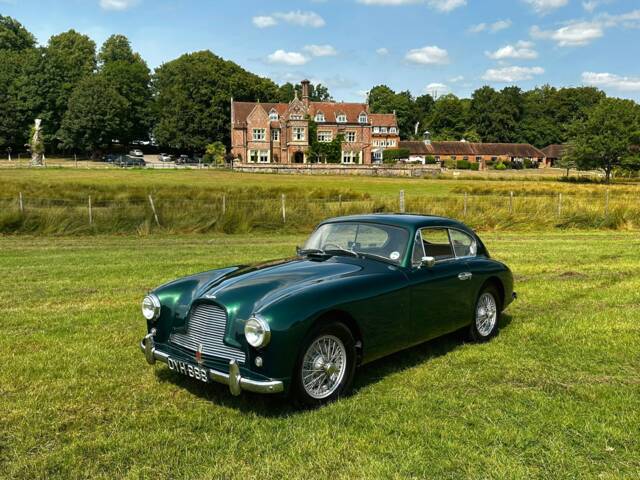
1954 | Aston Martin DB 2/4 Mk I
1954 Aston Martin DB2/4 MK1
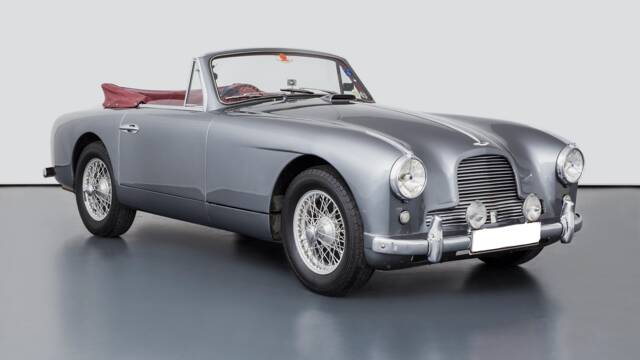
1954 | Aston Martin DB 2/4 Mk I DHC
Aston Martin DB2/4 Convertible
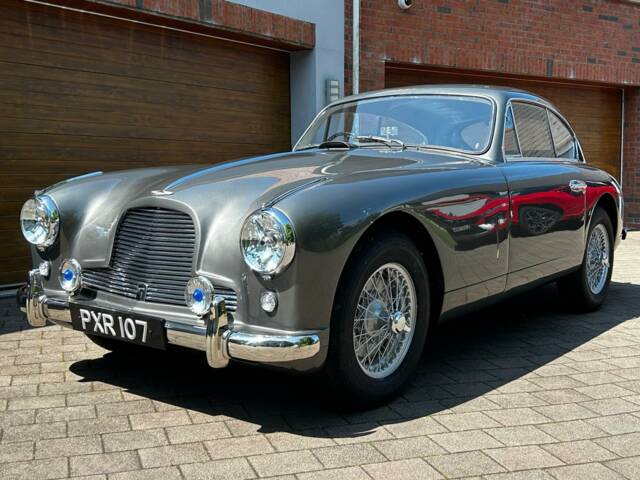

1959 | Aston Martin DB 2/4 Mk III
1959 Aston Martin DB 2 MKIII '59
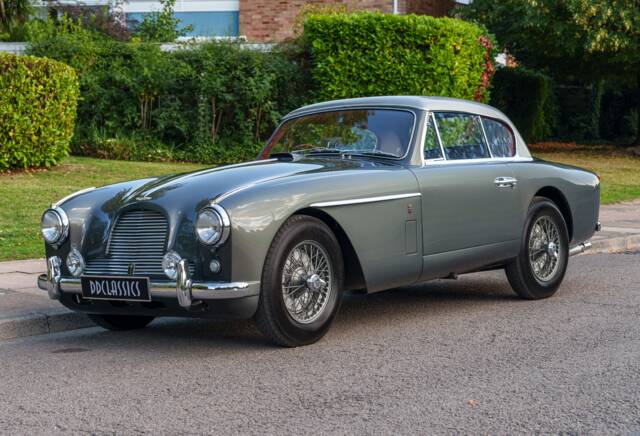
1957 | Aston Martin DB 2/4 Mk II
Aston Martin DB2/4 Mk II Tickford Fixed-Head Coupé (RHD)
History and Background of the Aston Martin DB 2/4
Developed as the direct successor to the DB2, the Aston Martin DB 2/4 debuted in 1953 and rapidly established itself as a technological pioneer. Unlike its predecessor, it featured two rear occasional seats, a larger panoramic windscreen, repositioned headlamps, and enhanced bumpers. The car’s hatchback tail transformed it into an early ancestor of today’s shooting brakes, offering flexible space for luggage. Hand-crafted aluminium bodywork, initially by Mulliner then Tickford, and mechanical robustness meant that the DB 2/4 catered to discerning buyers looking for both performance and practicality. During its production, the DB 2/4 participated in famous events like the Monte Carlo Rally and Mille Miglia, underlining its sporting credentials.
Model History – Development and Evolution
The DB 2/4 series evolved through three distinct versions:
- Mark I (1953–1955): Available with a 2.6-litre (up to 125 bhp) or later a 2.9-litre inline-six (up to 140 bhp). Approximately 565 built, with 102 as drophead coupés.
- Mark II (1955–1957): Notable for distinctive tail fins, larger tail lamps, extra chrome trim, and the switch to Tickford-built bodies. Engine output increased to 165 bhp with special versions. Production limited to 199 cars, 34 of which were fixedhead coupés.
- Mark III (1957–1959): Further refinements included a restyled front grille, upgraded dashboard, and optional Girling front disc brakes. Power reached up to 196 bhp in special configurations. Only 551 total units were produced. Each evolution integrated significant changes, both mechanical and aesthetic, and the range’s bespoke nature led to a wide variety of individual specifications.
Unique Features and Statistical Highlights of the DB 2/4
A hallmark of the DB 2/4 is its technical sophistication: the use of a twin-cam Lagonda straight-six – engineered by W.O. Bentley – with growing output across generations. The practical hatchback configuration, luxury cockpit with Connolly leather and walnut dashboard, and options like Overdrive or automatic transmissions set new standards for post-war British GTs. Innovation extended to technical details: hydraulic, later disc front brakes (Mark III), advanced suspension, and the possibility to bespoke everything from paintwork to steering wheel.
Technical Data
Special Editions and Bespoke Builds
Rarity defines the DB 2/4 range. Only about 102 Mark I Drophead Coupés, 34 Mark II fixedhead coupés, and 551 Mark III units were ever built. Notable special editions include a handful of Bertone-bodied Spiders, built for the U.S. market, as well as custom-bodied cars by coachbuilders like Ghia and Allemano. Certain factory race entries gained additional fame, like the 1955 Monte Carlo Rally and Mille Miglia cars. Specified at build or through custom orders, many DB 2/4s left the factory with distinct colour schemes, unique trim, and special mechanical features.
Weak Spots and Typical Issues
DB 2/4 models, being hand-built and more than sixty years old, require careful attention. Body corrosion, particularly in the sills and underbody where aluminium meets steel, is a common issue. Mechanically, engine wear (timing chains, valve seats), tired suspension bushings, and worn electrical systems may require address, especially if original. Later models with hydraulic or disc brakes need regular checks for leaks or corrosion. Heritage documentation and well-recorded restoration work are a big plus for any prospective buyer.
Engine, Transmission, and Driving Experience
Each DB 2/4 generation delivers a distinct drive. The initial Mark I (up to 140 bhp, 2.9-litre) reaches nearly 193 km/h, showcasing its touring capability with a precise 4-speed gearbox and live rear axle. In the Mark II, special engine heads and higher output bring improved performance, while subtle chassis tweaks enhance refinement. Mark III stands out with power figures up to 196 bhp (DBB engine), Girling front discs, optional Overdrive, and a more advanced interior. Roadholding is defined by a well-balanced chassis, direct non-assisted steering, and robust drum or disc brakes. The DB 2/4’s engine note, especially from the twin-cam unit, remains distinctly British and mechanical. - DB 2/4 Mark III: 2.9L engine, up to 196 bhp, front disc brakes optional
- DB 2/4 Mark II: 2.9L, 165 bhp, distinctive tailfins, only 199 built
- DB 2/4 Mark I Drophead Coupé: Sought after for rarity and open-air driving
Interior, Comfort, Exterior & Design
The interior of the DB 2/4 showcases Connolly leather, walnut veneers on the dashboard and instrument cluster, and often a Moto-Lita wood steering wheel. The panoramic windscreen, hatchback boot, and rear occasional seats typify its versatile character. Paint finishes ranged from British Racing Green to Imperial Crimson, often matched to contrasting leathers. Later cars featured a higher roofline for added headroom, revised rear fins, and additional chrome accents. Original accessories might include spotlights, wire wheels (typically 16-inch), and factory luggage. Mark III models introduce the later Aston Martin grille design and a dashboard inspired by the iconic DB4 grille.
Other Noteworthy Aspects
DB 2/4 models have been regular attendees at international classic events such as the Mille Miglia, Goodwood, and Concours d'Elegance. Provenance is often supported by Heritage Trust Certificates and complete restoration files. Notable owners include royalty and film personalities; Alfred Hitchcock’s use of a DB 2/4 Drophead in 'The Birds' cemented its pop culture status. Both right- and left-hand-drive cars exist, and original documentation or FIVA cards significantly add to a car’s value.
Summary
The Aston Martin DB 2/4 blends handmade British craftsmanship, innovative design, and technological pedigree. Only produced in limited numbers across three distinct versions, every DB 2/4 is uniquely specified – whether as a rally veteran, bespoke grand tourer, or coachbuilt rarity. Its combination of technical sophistication, versatility, and provenance maintains its allure for collectors and enthusiasts seeking a classic GT with authentic pedigree.


